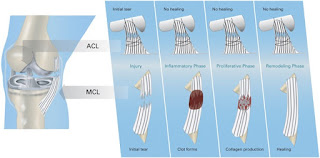Abstract Nitrogen-fixing Rhizobia were
discovered more than 100 years ago. They are classified into two clades,
Alphaand Beta-rhizobia. Their symbiotic function is remarkable, but its origin
and evolution has been confusing from a phylogenetic perspective.
In this study, we make use of 33 publicly
available complete genome sequences downloaded from NCBI, which consist of
bacteria and archaea, and focus on 10 strains, constructing symbiotic
structural maps for them based on their genomes and
previous gene annotations. Phylogenies of the symbiosisessential genes
nodA and nifH were examined.
Although large incongruities with some
hypotheses from previous studies were detected by the present study, we support
the general concept that Beta-rhizobia were the original symbionts of legumes,
but that their symbotic genes originated from a common ancestor to the
Alpha-rhizobia.





























